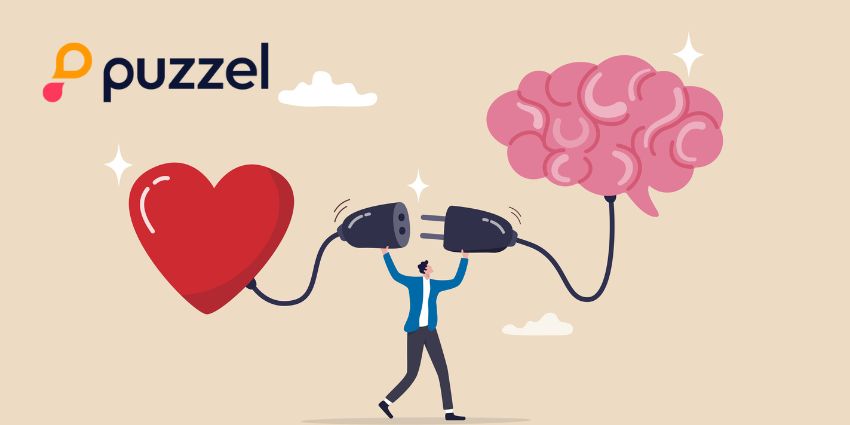Zoom has integrated its Virtual Agent with Zoom Phone, helping businesses connect callers directly with the department that can solve their issue.
Often, queries flow through to the contact center, where an agent either transfers the customer or plays the go-between.
However, thanks to this new capability, Zoom customers can unlock a new “24/7 AI receptionist”. That receptionist routes the customer to the best-placed department on the agent’s behalf.
Critically, it also interacts with customers, gauges their intents, processes inputs, and uses that intelligence to offramp the customer.
In “processing inputs”, the Zoom Virtual Agent (ZVA) takes helpful information from the customer and passes it to the employee, boosting their troubleshooting process.
Additionally, departments using Zoom Phone can utilize the Virtual Agent to automate tasks, such as booking appointments and providing customer updates. No longer are these capabilities limited to the contact center; they’re democratized.
Celebrating the announcement, Smita Hashim, Chief Product Officer at Zoom, said: “When someone calls your business, it should feel easy and personal from the first hello. By combining AI that can listen, understand, and take action with the reach of Zoom Phone, our concierge virtual agent provides seamless and personalized support to all callers.
Whether a customer is calling to schedule an appointment, check an order status, or check product availability, Zoom’s concierge is available 24×7 and can deliver answers instantly, escalating to live employees only when needed.
In releasing this innovation, Zoom exploits the benefits of serving customers on one unified platform that includes CCaaS, UCaaS, and conversational AI solutions.
Few can offer such capabilities, which will particularly benefit businesses that don’t have big centralized contact centers, but smaller, scattered, and informal service operations.
Think of healthcare, for instance. The ZVA can take calls from a single number and route contacts, with context, to their closest GP’s office. Also, medical practitioners can leverage the AI receptionist to schedule appointments on the voice channel.
Also, consider a sector such as education. Many universities have dispersed helpdesks covering medical, hospitality, and other functions. The ZVA can route interactions between locations, collecting context and enabling a centralized support function.
That said, the ZVA can also act as a concierge in large contact centers, not only in routing contacts between departments but in gauging intent and collecting relevant information before a contact. As a result, the employee can move the contact forward without having to search for relevant knowledge; the ZVA has collated it for them.
Yet, while few can offer such an AI concierge that breaks the boundaries of the contact center, Zoom’s fellow CCaaS-UCaaS provider, RingCentral, released a similar solution in February 2025.
Within three months, 1,000+ businesses deployed the RingCentral AI Receptionist (AIR), highlighting the market’s desire for such solutions.
Tim Banting, Head of Research & Business Intelligence at Techtelligence, picked up on this and told CX Today:
Both Zoom and RingCentral are directing their AI efforts toward practical business solutions rather than the more mundane, table-stakes AI features like meeting summaries, rewriting messages, and transcripts. This demonstrates both companies’ commitment to meaningful R&D.
However, where Zoom may differentiate from RingCentral is in the broader capabilities of ZVA, a comprehensive conversational AI solution that many contact centers have already deployed. These businesses may leverage the new integration to extend their implementation and bolster their swarming strategies.
Additionally, Zoom promises a deployment “within minutes”, with a no-code configuration. Meanwhile, the ZVA currently supports conversations in English, French, German, Portuguese, Japanese, and Spanish, although Zoom pledges that support for more languages is “on the way”.
More Additions to the Zoom Enterprise Communications Platform
Across its enterprise communications platform, Zoom has made several other announcements.
Firstly, it has become “among the first” tech providers to integrate OpenAI’s GPT-5 into its AI stack. Yet, most other news flashes concern new platform features. Here are the three most notable.
1. AI Companion Auto-Scheduling
AI Companion is the virtual assistant that assists users across Zoom’s platform. It’s currently available at no extra charge.
Zoom has bolstered the solution with a meeting scheduling skill, so it considers everyone on a meeting invite list – including internal employees and external partners – and spotlights the best-placed time.
That “best-placed time” isn’t only based on calendar availability. Indeed, the AI Companion also tracks time zones and out-of-office notices.
From there, it sends the invites and keeps tabs on responses. When someone declines, it suggests an alternative time to the organizer, who can book the meeting as quickly as possible.
That’s the aim of this solution: to remove the tedious back-and-forth of arranging meetings.
2. The All-New Zoom Hub
Within Zoom Workspace is a new asset Hub, where users can store meeting summaries, documents, whiteboards, clips, and more.
Employees can navigate these files via the AI Companion, which spotlights insights from assets based on natural language commands. That means employees don’t need to jump between tools to find what they need.
Moreover, Zoom hopes its new Hub will help teams stay organized, quickly surface assets during conversations, and quickly save collaborative content drafts created during meetings.
3. A Refurbished Zoom Team Chat Experience
Finally, Zoom has embedded AI Companion into the Zoom Workplace mobile app’s Team Chat compose bar.
As a result, it hopes users can prompt the AI Companion to surface draft messages and help them catch up on what they missed.
Moreover, when using Team Chat on a desktop, users may summarize files by clicking on a new “summarize icon” when hovering over a file stored within Zoom.
Last month, Zoom made many more platform enhancements geared toward CX personnel. Here’s the rundown: Zoom Drops an Auto Dialer, Expands Its Portfolio for Sales and Revenue Teams







